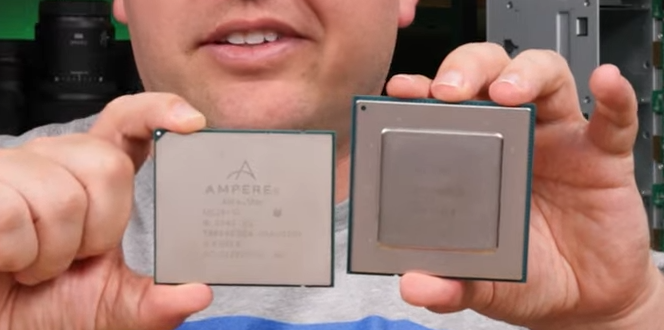erek
[H]F Junkie
- Joined
- Dec 19, 2005
- Messages
- 10,875
This is so baller! Love all the hardware! Really big Broadcom Chip!!!
"We built a setup to get two servers attached to a $55,000 switch to see just how fast and cutting edge having a 64-port 400GbE switch is. If you are a networking enthusiast, this is the video for you. #networking Today we are going to take a look at the FS N9510-64D. This is a 64-port 400GbE switch powered by the Broadcom Tomahawk 4 switch chip. In this piece, we are going to look at networking hardware that is 4-8x faster than what many are using these days. Let us get to it, and some of the challenges we faced in the process."

Source: https://www.servethehome.com/a-look...tch-broadcom-nvidia-intel-amd-pny-supermicro/
"We built a setup to get two servers attached to a $55,000 switch to see just how fast and cutting edge having a 64-port 400GbE switch is. If you are a networking enthusiast, this is the video for you. #networking Today we are going to take a look at the FS N9510-64D. This is a 64-port 400GbE switch powered by the Broadcom Tomahawk 4 switch chip. In this piece, we are going to look at networking hardware that is 4-8x faster than what many are using these days. Let us get to it, and some of the challenges we faced in the process."

Source: https://www.servethehome.com/a-look...tch-broadcom-nvidia-intel-amd-pny-supermicro/
![[H]ard|Forum](/styles/hardforum/xenforo/logo_dark.png)

